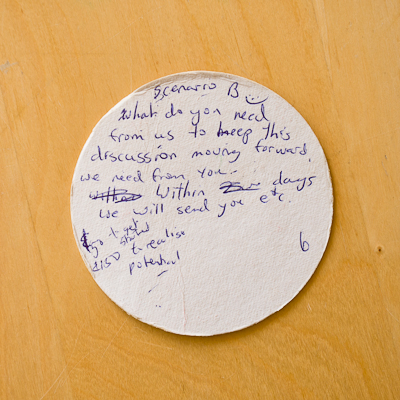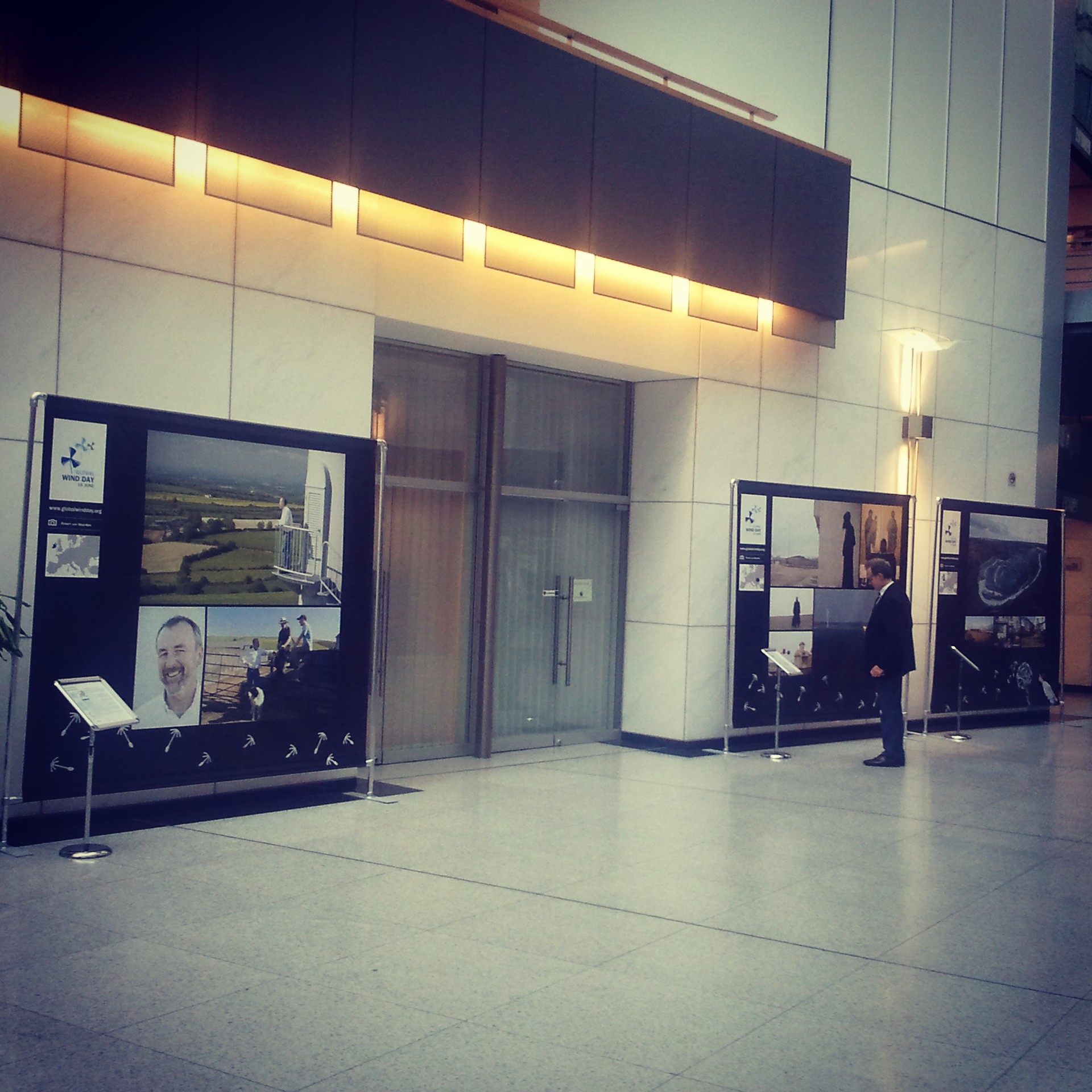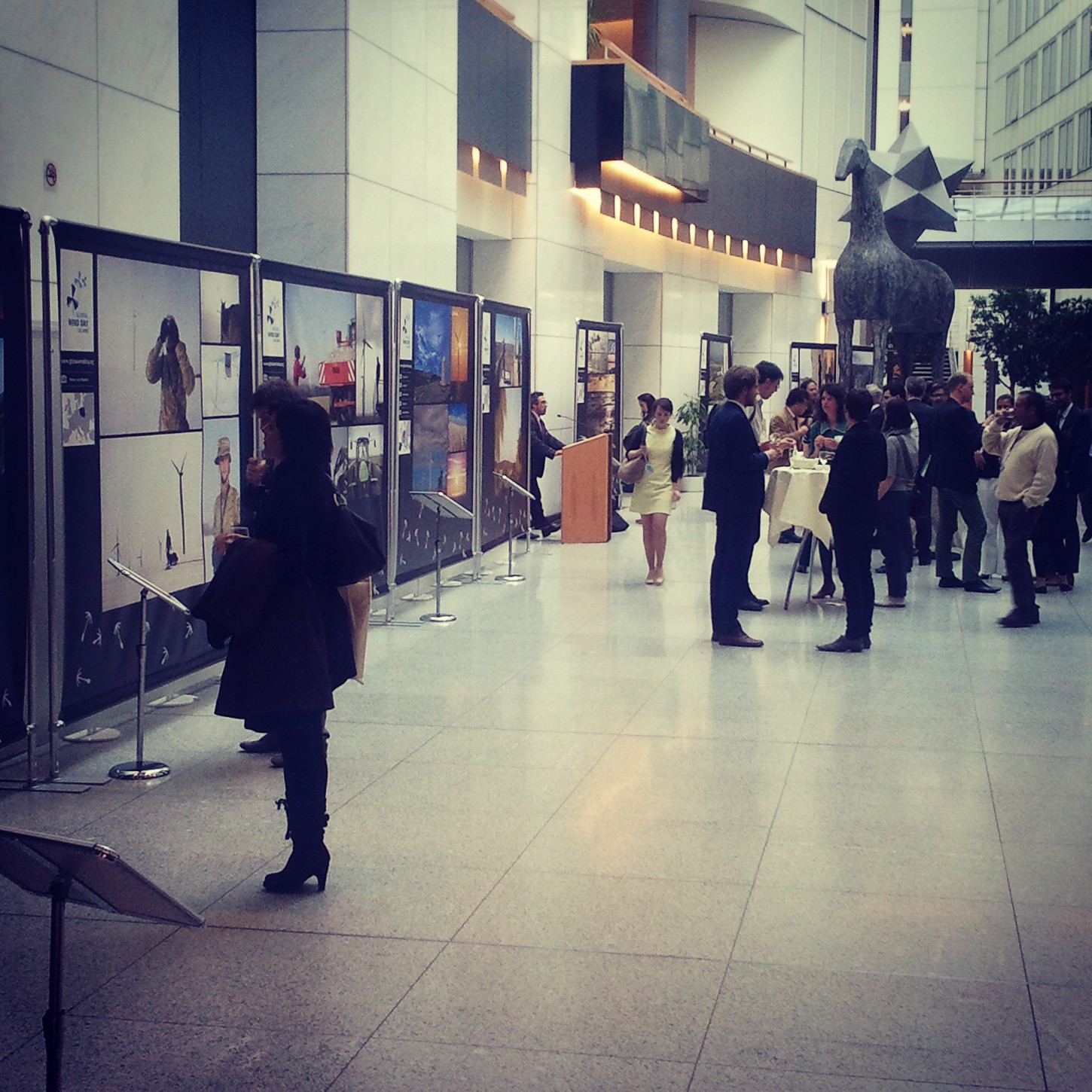Pint in hand, I make my way to the corner table bathed in sunshine at the Tafarn Dwynant. Ruth Chapman joins me. Her glass contains orange juice and her baby bump shows clearly. This is the hangout for employees and students at CAT, the Center for Alternative Technology, near Machynlleth, Wales.
Ruth studied Environmental Management at university and moved to Machynlleth, or ‘Mac’, to work in the wind energy department at renewable energy company Dulas. While working at Dulas she decided to enrol in the Master’s program at CAT and the subject of her thesis has brought us together today. One day, while attending a debate on TAN 8, the Welsh proposal for renewable energy, Ruth was surprised to find the room packed to the rafters. Emotions were running high and most of the crowd was anti-wind. Ruth had discovered her thesis subject.
“I looked around the room and thought if you’re an outsider, if you were in the media, then you might think they are all NIMBYs, they are all just opposed to it because they all don’t want it in their backyard. But, some people were making really valid points,” she says. “So why is it that I’ve come to see onshore wind energy as a symbol of a greener future, but they see it as something that is quite destructive to the local environment?”
Her thesis was born. It is easy to list the reasons often cited by people against wind energy; visual, noise, flickr, and supposed health impacts. But Ruth was interested in ‘why’ people are opposed. She selected a small sample group of anti-wind people and was surprised to find that most of them were people that she could have a pint with.
“I had assumptions and stereotypes about the type of people I was going to be talking to. But I have to say that most of them really disproved those assumptions and challenged me. I really enjoyed this, it is a healthy thing to do, but it sort of conflicted me.” What Ruth documented couldn’t really be called NIMBYism. The term itself, not in my backyard, implies that a person would be willing to have a wind turbine built somewhere else. But Ruth was surprised by the attitude of zero tolerance for wind turbines anywhere in the UK consistently expressed by her sample group.
Ruth’s conclusions are varied. Several factors such as fairness, improper consultation, market mechanisms and government policies all play a role in creating anti-wind sentiment.
One individual was upset by the ‘check box’ consultation carried out by the developers and didn’t feel that their concerns were addressed. Another objected to the map produced by the developers that didn’t accurately represent the landscape. They didn’t feel that they could they trust the developers if they didn’t make the right map. Furthermore, the gulf between a slick, city presentation from the developers and a local Welsh town often put things on the wrong foot. Ruth’s other theory is that the historical relationship between England and Wales might also play a role. She thinks that the Welsh felt like they were just providing the resources once again for the English.
Ruth didn’t come up with any solutions and that frustrates her. She does think it is necessary to do a better job telling the story of the future of energy and climate change in the UK. Ruth thinks that more people would get behind wind energy if this were done. Ruth wants to do more with this research but right now her first baby is taking priority. She loves her job working for Dulas and she hopes to keep working in this industry for the foreseeable future.
On the way back to England the next day I pass the Ceemase wind farm. The rolling Welsh landscape makes it difficult to see and it is probably the most well hidden wind farm I have seen. But the fact remains; navigating the waters of the anti-wind crowd will continue to be a challenge for developers in the years to come.




























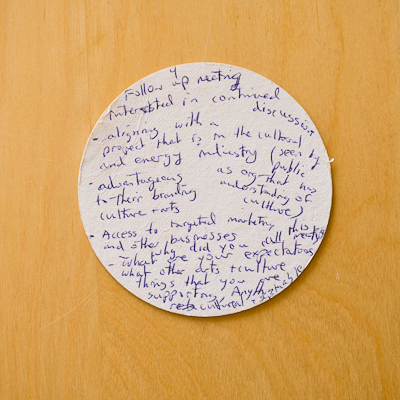
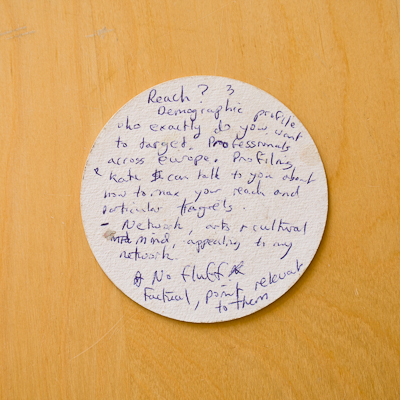 He and his family have been harvesting the wind for over a decade. That bike ride quickly told me two things: first, a bike is not the easiest mode of transportation for a project on wind energy, and second, the locations weren’t going to be easily accesible.
He and his family have been harvesting the wind for over a decade. That bike ride quickly told me two things: first, a bike is not the easiest mode of transportation for a project on wind energy, and second, the locations weren’t going to be easily accesible.